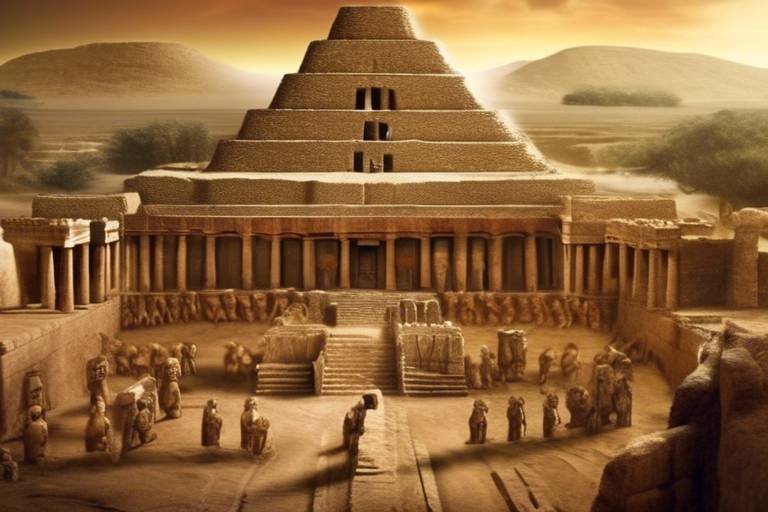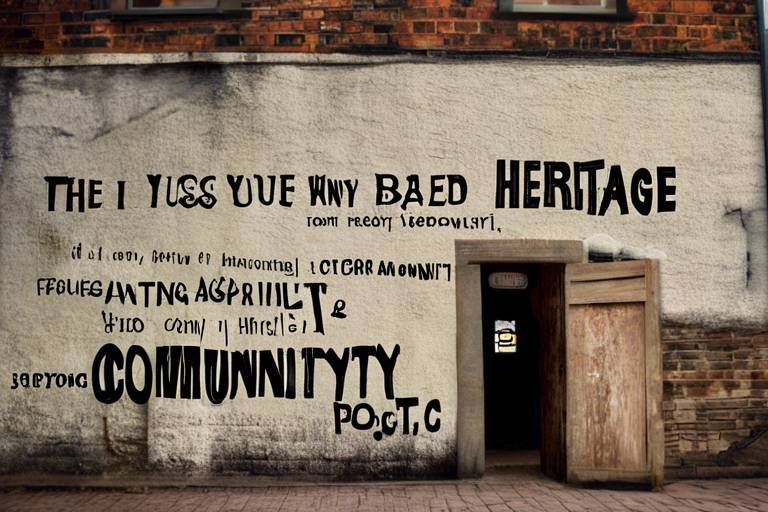The Role of Historic Preservation in Climate Adaptation
Historic preservation plays a vital role in climate adaptation strategies, acting as a guardian of our cultural heritage in the face of environmental challenges. By safeguarding our architectural treasures, cultural landscapes, and traditional knowledge, we not only protect our past but also fortify our resilience for the future.

Preserving Architectural Resilience
Preserving Architectural Resilience involves more than just maintaining historic buildings; it's about ensuring that these structures are equipped to withstand the challenges posed by a changing climate. By utilizing traditional construction methods and materials, these buildings can serve as models of sustainability and durability in the face of environmental threats.
Historic buildings often possess inherent resilience due to their construction techniques, which have stood the test of time. By preserving these architectural treasures, we not only honor our past but also secure a sustainable future. The use of natural materials like stone, wood, and clay not only adds to the charm of these buildings but also contributes to their ability to weather climate-related stresses.
Furthermore, the adaptive reuse of historic structures for modern purposes is a powerful way to promote sustainability. By repurposing these buildings instead of demolishing them, we reduce the environmental impact of new construction and preserve the embodied energy within these structures. This approach not only benefits the environment but also fosters a sense of connection to the past in our modern world.
Architectural resilience goes beyond physical structures; it encompasses the stories and memories embedded in these buildings. Preserving historic architecture is a way of safeguarding our cultural heritage and passing down valuable knowledge to future generations. It is a testament to human ingenuity and resilience in the face of challenges, both past and present.
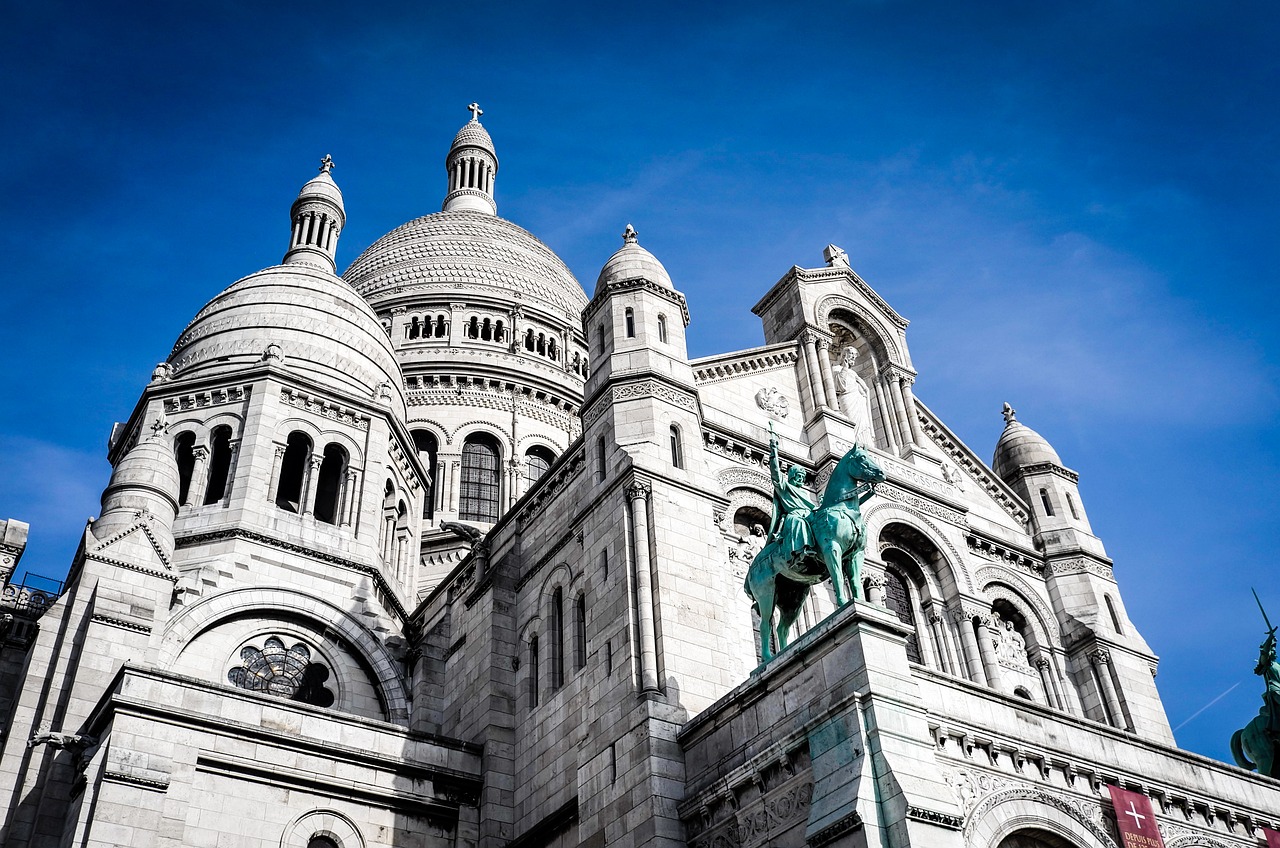
Protecting Cultural Landscapes
Protecting cultural landscapes is essential in the face of climate change, as these areas hold significant historical and cultural value that must be preserved for future generations. By safeguarding cultural landscapes, we not only protect tangible heritage such as buildings and monuments but also intangible heritage like traditions and customs that are deeply rooted in these environments.
One approach to protecting cultural landscapes is through sustainable management practices that balance conservation efforts with the need for adaptation to changing environmental conditions. This involves implementing measures to mitigate the impacts of climate change, such as erosion control, vegetation management, and water conservation strategies.
Furthermore, engaging local communities in the preservation of cultural landscapes is crucial for ensuring the long-term sustainability of these areas. By involving residents in decision-making processes and raising awareness about the importance of cultural heritage, we can foster a sense of ownership and stewardship that leads to more effective conservation outcomes.
Additionally, incorporating traditional knowledge systems into landscape management practices can offer valuable insights into sustainable resource use and adaptation strategies. Indigenous communities, in particular, possess a wealth of knowledge about living in harmony with nature, which can inform modern conservation efforts and enhance the resilience of cultural landscapes to environmental challenges.
In conclusion, protecting cultural landscapes is not only about preserving physical spaces but also about safeguarding the identity and heritage of communities. By integrating conservation efforts with climate adaptation strategies and community engagement, we can ensure that these landscapes remain resilient in the face of a changing climate.
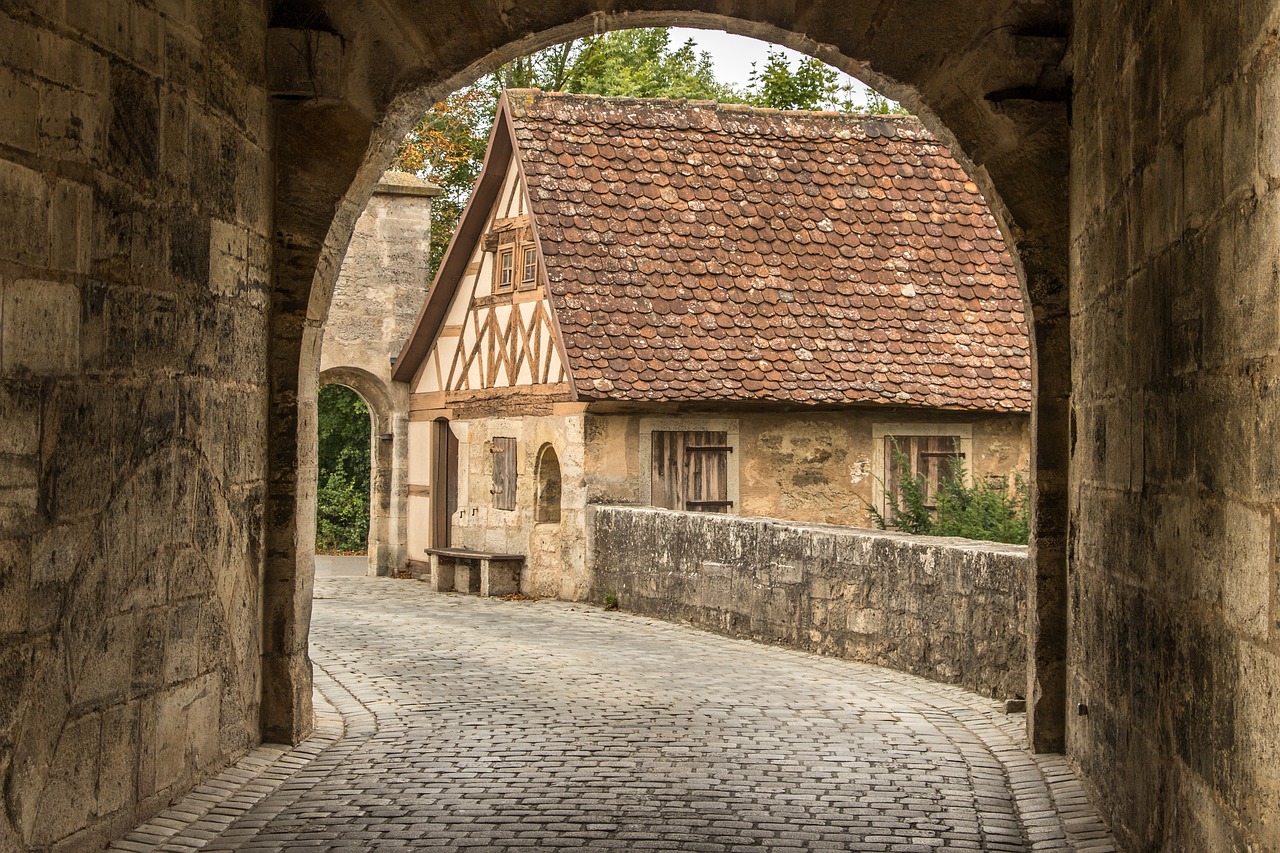
Adaptive Reuse of Historic Sites
Adaptive reuse of historic sites is a practice that involves repurposing old buildings and structures for new functions, rather than demolishing them and constructing new ones. This approach not only preserves the historical significance of these sites but also promotes sustainable development by reducing the environmental impact of new construction. By breathing new life into old buildings, adaptive reuse contributes to the conservation of cultural heritage while meeting the evolving needs of modern society.

Community Engagement and Education
Community engagement and education are vital aspects of historic preservation efforts, creating a strong foundation for sustainable practices and awareness about the importance of cultural heritage in the face of climate change. By involving local communities in preservation projects, a sense of ownership and pride is instilled, fostering a deeper connection to the past and a shared responsibility for the future.
Through interactive workshops, educational programs, and guided tours, communities can learn about the historical significance of their surroundings and the potential threats posed by climate change. This engagement not only raises awareness but also empowers individuals to take action in preserving their heritage and adapting to environmental challenges.
Furthermore, partnerships between heritage organizations, educational institutions, and local authorities can facilitate collaborative initiatives that promote heritage conservation and environmental sustainability. By integrating heritage education into school curriculums and community events, a culture of respect for the past and environmental stewardship can be cultivated, ensuring that future generations are equipped to protect and appreciate their cultural legacy.
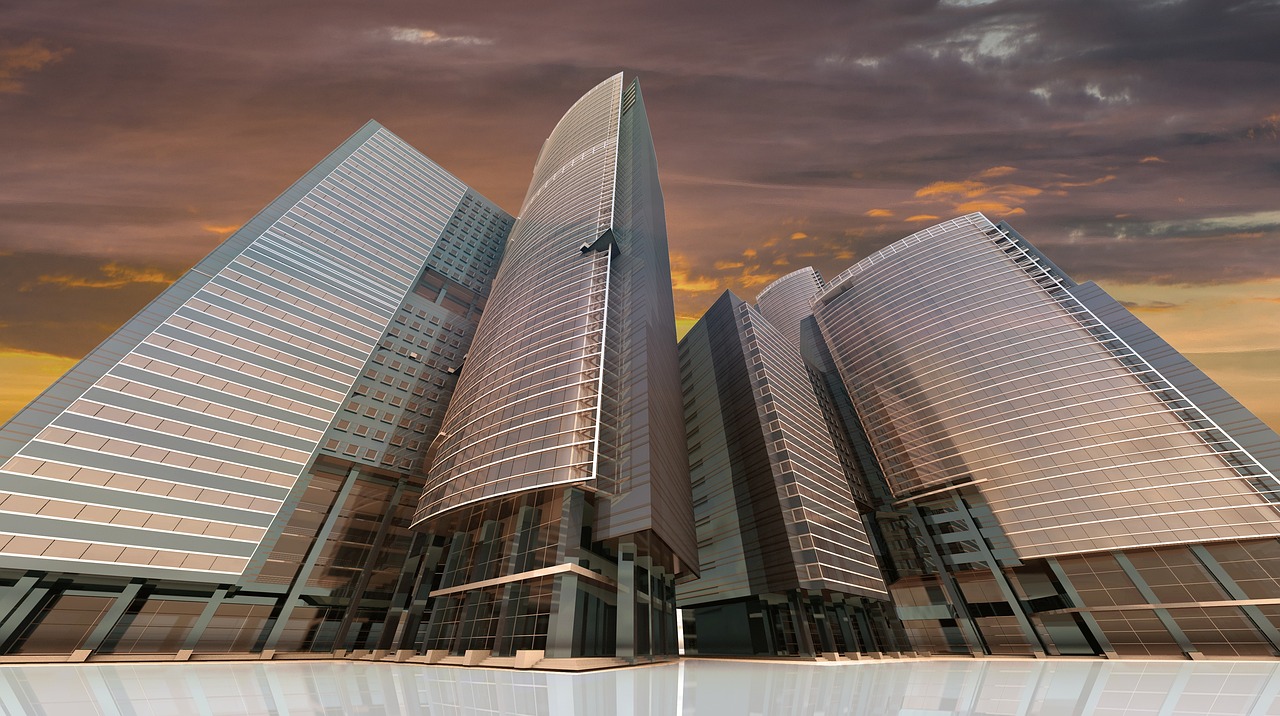
Policy Integration and Planning
Policy integration and planning are essential components in the effective implementation of climate adaptation strategies that incorporate historic preservation. By integrating historic preservation into urban planning and climate adaptation policies, communities can develop comprehensive and sustainable approaches to safeguarding cultural heritage while enhancing resilience to environmental challenges.
One key aspect of policy integration is the alignment of preservation goals with broader climate adaptation objectives. This requires coordination between heritage conservation organizations, government agencies, and local communities to ensure that preservation efforts are not only protective of cultural heritage but also contribute to broader climate resilience initiatives.
Through strategic planning, policymakers can identify areas where historic sites are particularly vulnerable to climate change impacts and develop targeted interventions to mitigate risks. This proactive approach involves assessing the adaptive capacity of historic structures and landscapes, as well as implementing measures to enhance their resilience in the face of evolving environmental threats.
Furthermore, policy integration and planning can facilitate the establishment of regulatory frameworks that support the adaptive reuse of historic buildings for sustainable development purposes. By promoting the repurposing of heritage structures, communities can reduce the demand for new construction and minimize the carbon footprint associated with urban growth.
Collaboration between various stakeholders is crucial in the successful implementation of integrated policies. By fostering partnerships between heritage conservation experts, urban planners, and climate resilience specialists, communities can leverage diverse expertise to develop holistic strategies that address both cultural and environmental concerns.
In conclusion, policy integration and planning play a vital role in ensuring that historic preservation efforts contribute to climate adaptation goals. By incorporating heritage conservation into broader resilience strategies, communities can protect their cultural heritage while building adaptive capacity to withstand the challenges of a changing climate.

Resilience of Traditional Knowledge
Traditional knowledge embedded in historic sites holds a unique resilience that can offer invaluable insights into sustainable practices and adaptation strategies in the face of climate change. These sites often embody generations of wisdom and experience, reflecting a deep understanding of the local environment and its challenges. By preserving and learning from this traditional knowledge, we can adapt and innovate in ways that are harmonious with nature and effective in building resilience.
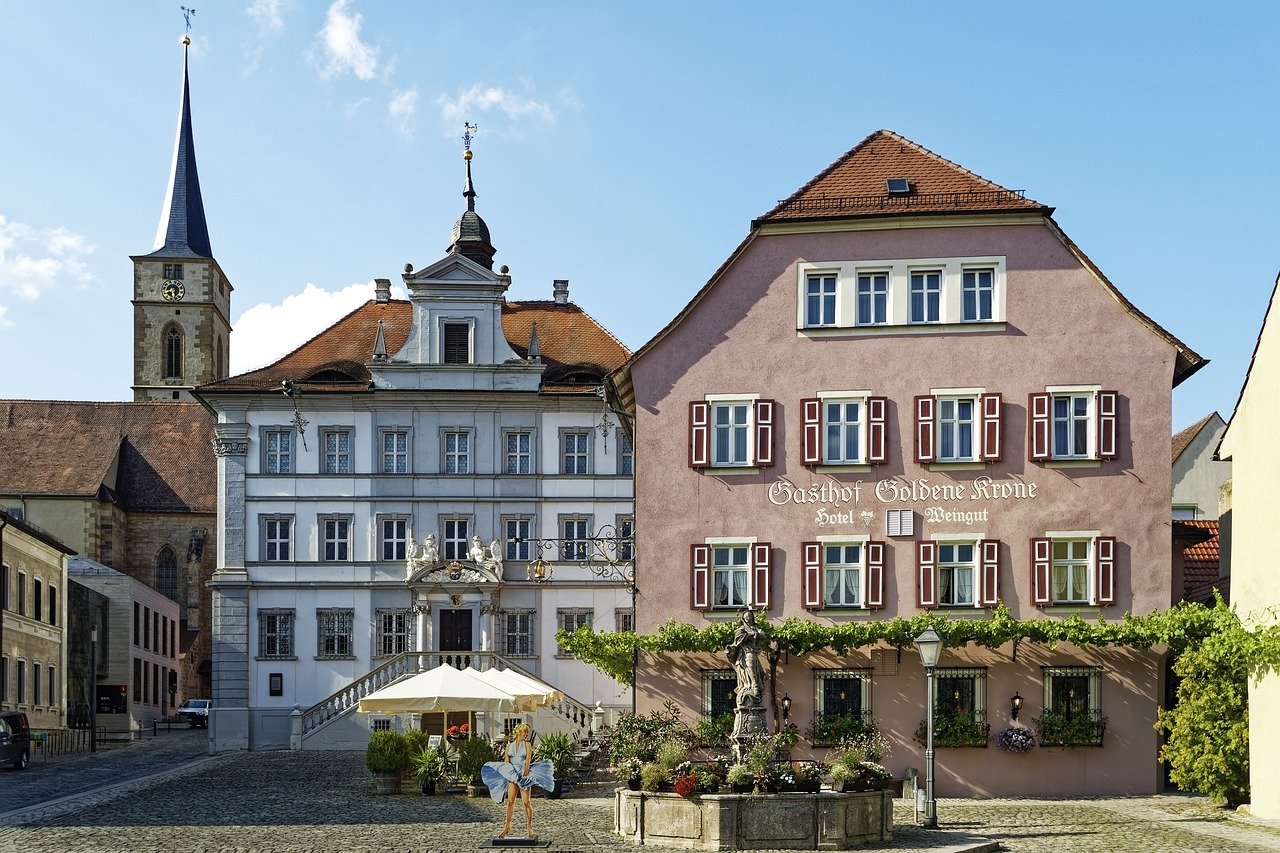
Partnerships and Collaboration
Partnerships and collaboration play a pivotal role in the successful implementation of climate adaptation measures that aim to preserve cultural heritage and promote environmental sustainability. By fostering alliances between heritage conservation organizations, government agencies, and local communities, a unified approach can be established to address the challenges posed by climate change.
These partnerships enable the pooling of resources, expertise, and knowledge from various stakeholders, creating a synergistic effect that enhances the effectiveness of climate adaptation strategies. Government agencies can provide regulatory support and funding, while heritage conservation organizations contribute their specialized skills in preservation and restoration.
Local communities, on the other hand, offer valuable insights into the cultural significance of historic sites and can actively participate in conservation efforts. By involving community members in decision-making processes, a sense of ownership and responsibility is fostered, leading to greater long-term sustainability of heritage sites.
Moreover, collaborations between different sectors facilitate the exchange of best practices and innovative ideas, driving continuous improvement in climate adaptation initiatives. Through shared goals and mutual respect, partnerships can leverage the strengths of each partner to create holistic solutions that benefit both cultural heritage and environmental resilience.

Innovative Technologies for Preservation
When it comes to preserving historic sites and buildings in the face of climate change, innovative technologies play a crucial role in enhancing their resilience. These technologies offer new ways to document, monitor, and protect cultural heritage from environmental threats, ensuring their longevity for future generations.
One of the innovative technologies making waves in the preservation field is digital documentation. This method involves creating detailed digital replicas of historic structures, allowing for accurate preservation and restoration efforts. By utilizing 3D scanning and modeling, experts can capture intricate details of buildings, enabling precise reconstruction if damage occurs due to climate-related events.
Furthermore, monitoring tools powered by advanced sensors and data analytics provide real-time information on the condition of historic sites. These tools help conservationists detect early signs of deterioration caused by climate impacts, enabling proactive maintenance and preservation measures to be implemented swiftly.
Another innovative approach is the use of drones for aerial surveys and inspections of historic sites. Drones offer a unique perspective, allowing experts to assess hard-to-reach areas and identify potential risks to heritage structures. This technology aids in monitoring changes over time and facilitates efficient decision-making in the preservation process.
Additionally, Building Information Modeling (BIM) software is revolutionizing the way historic buildings are managed and preserved. By creating virtual models that store essential information about the structure, conservationists can plan maintenance activities, simulate restoration scenarios, and optimize energy efficiency strategies to mitigate climate impacts.
Overall, the integration of innovative technologies in historic preservation not only enhances the resilience of cultural heritage but also fosters a deeper understanding and appreciation of our shared history. By embracing these advancements, we can safeguard our past for the future, ensuring that our heritage remains vibrant and protected in the face of changing environmental conditions.
Frequently Asked Questions
- What is the significance of historic preservation in climate adaptation?
Historic preservation plays a crucial role in climate adaptation by safeguarding cultural heritage from environmental challenges. It helps in preserving architectural resilience, protecting cultural landscapes, and promoting sustainable development practices.
- How does adaptive reuse contribute to climate resilience?
Adaptive reuse of historic sites involves repurposing old buildings for modern functions, reducing the carbon footprint of new constructions. This practice promotes sustainability and helps in preserving traditional knowledge embedded in historic structures.
- Why is community engagement important in historic preservation efforts?
Community involvement raises awareness about climate change and heritage conservation, fostering a sense of responsibility towards preserving cultural heritage. It enhances the resilience of historic sites and promotes environmental sustainability.
- What role do partnerships and collaborations play in climate adaptation measures?
Partnerships between heritage conservation organizations, government agencies, and local communities are essential in implementing effective climate adaptation strategies. Collaboration fosters the preservation of cultural heritage and enhances community resilience.
- How do innovative technologies contribute to the preservation of historic sites?
Innovative technologies like digital documentation and monitoring tools enhance the resilience of historic sites to climate change impacts. They aid in the conservation and maintenance of cultural heritage for future generations.










